According to the General Statistics Office ( Ministry of Finance ), the pork price index in March 2025 increased by 3.58% compared to the previous month, causing the CPI to increase by 0.12 percentage points.
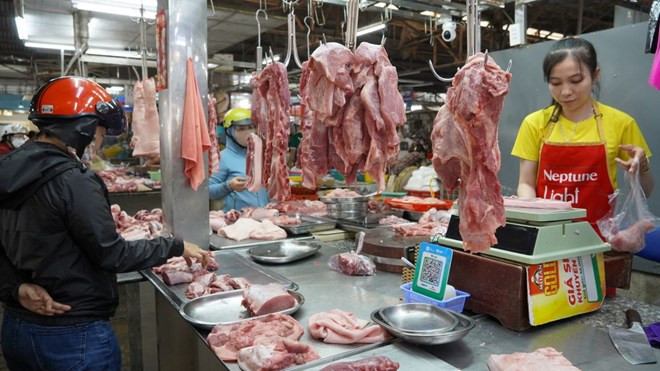
Due to the impact of the epidemic and the consequences of storm No. 3 in 2024, many farms have not had time to restore their herds. In addition, farmers have focused on selling pigs during the Lunar New Year, leading to a shortage of pork supply. In March, major festival activities in the North and Central regions increased the demand for pork.
As of March 30, 2025, the price pork The price nationwide fluctuated between 66,000 - 77,000 VND/kg. Accordingly, animal fat increased by 2.95% compared to the previous month; animal organs increased by 1.55%; roasted meat and sausage increased by 0.99%; other processed meat increased by 0.22%; canned meat increased by 0.14%.
According to Mr. Dau Ngoc Hung - Head of the Department of Agricultural, Forestry and Fishery Statistics (General Statistics Office - Ministry of Finance), recently, there was a time when pork prices fluctuated. Pork prices increased the most in early March, but then leveled off and gradually decreased. By the end of March, pork prices only increased in some southern provinces.
Mr. Dau Ngoc Hung said, from the operational perspective In livestock farming, there are three main factors that affect supply and impact fluctuations in pork prices.
Firstly, the implementation of the provisions of the Law on Animal Husbandry. Provinces/cities, especially the southern provinces, have relocated large farms and contract farms out of areas where animal husbandry is not allowed before January 1, 2025. This has led to many farms temporarily ceasing operations or not raising at full capacity, which may lead to local supply shortages. The need to relocate barns also increases costs.
Second, in the last months of 2024, foot-and-mouth disease and African swine fever occurred in pig herds in some southern provinces, especially sow herds, causing a loss of part of the total herd and causing concern for farmers. Some farmers, especially in the small and medium-sized livestock sector, had difficulty accessing credit and the supply of breeding stock, along with concerns about the epidemic, so they slowly restored their herds, even leaving their barns empty.
Third, the pig herd decreased in February due to businesses and households raising pigs to increase sales for consumption during Tet and early-year festivals. The total pig herd (excluding suckling pigs) at the end of February 2025 was estimated at 26.8 million, down nearly 360,000 compared to the end of January.
In addition, it can also be due to hoarding and speculation. When pig prices tend to increase, pig farmers, especially large enterprises with closed production chains, prolong the breeding period to increase the volume of sales and wait for prices to increase further, also leading to a shortage of supply.
However, nationwide, the output of pigs for slaughter in the first quarter of 2025 still increased by 5% over the same period. The number of pigs nationwide at the end of March increased by 3.3% over the same period (equivalent to the increase in 2024). The supply problem only occurs locally in some localities at some times.
"In the coming time, local authorities and specialized agencies need to closely monitor the production situation in the area to have timely policies and measures to regulate supply, focus on herd restoration and disease control, and support farmers to stabilize production in new areas," Mr. Dau Ngoc Hung recommended.
Source





![[Photo] Hanoi: Authorities work hard to overcome the effects of heavy rain](https://vstatic.vietnam.vn/vietnam/resource/IMAGE/2025/8/26/380f98ee36a34e62a9b7894b020112a8)

![[Photo] Multi-colored cultural space at the Exhibition "80 years of the journey of Independence - Freedom - Happiness"](https://vstatic.vietnam.vn/vietnam/resource/IMAGE/2025/8/26/fe69de34803e4ac1bf88ce49813d95d8)

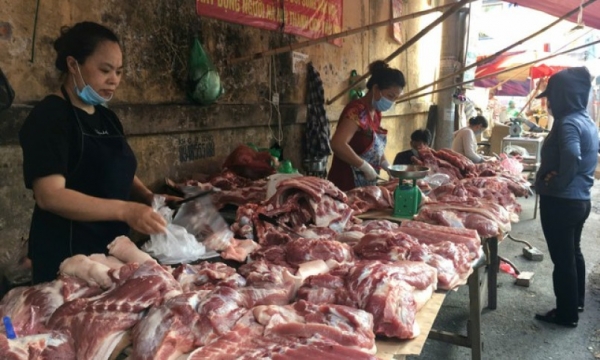
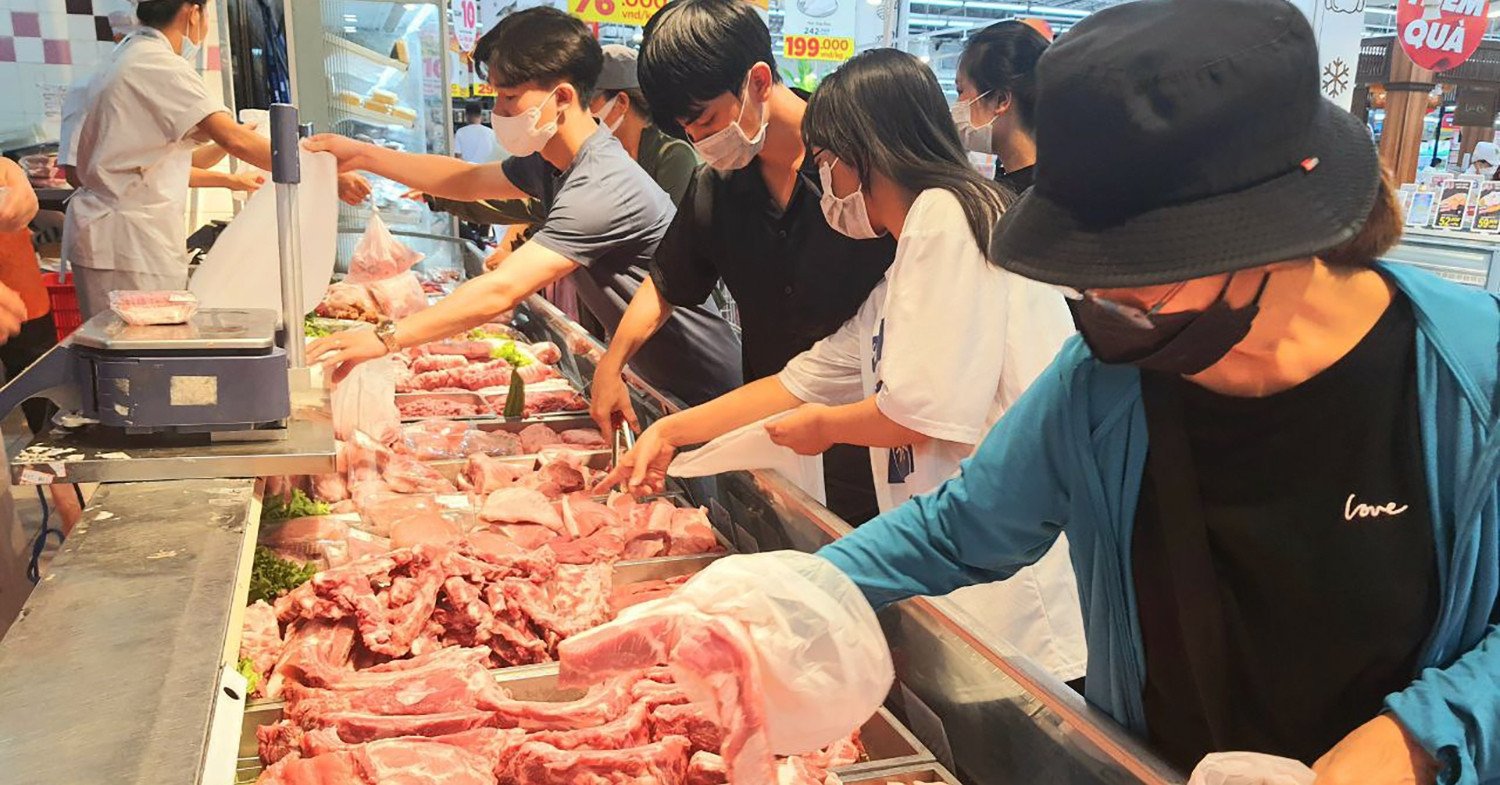

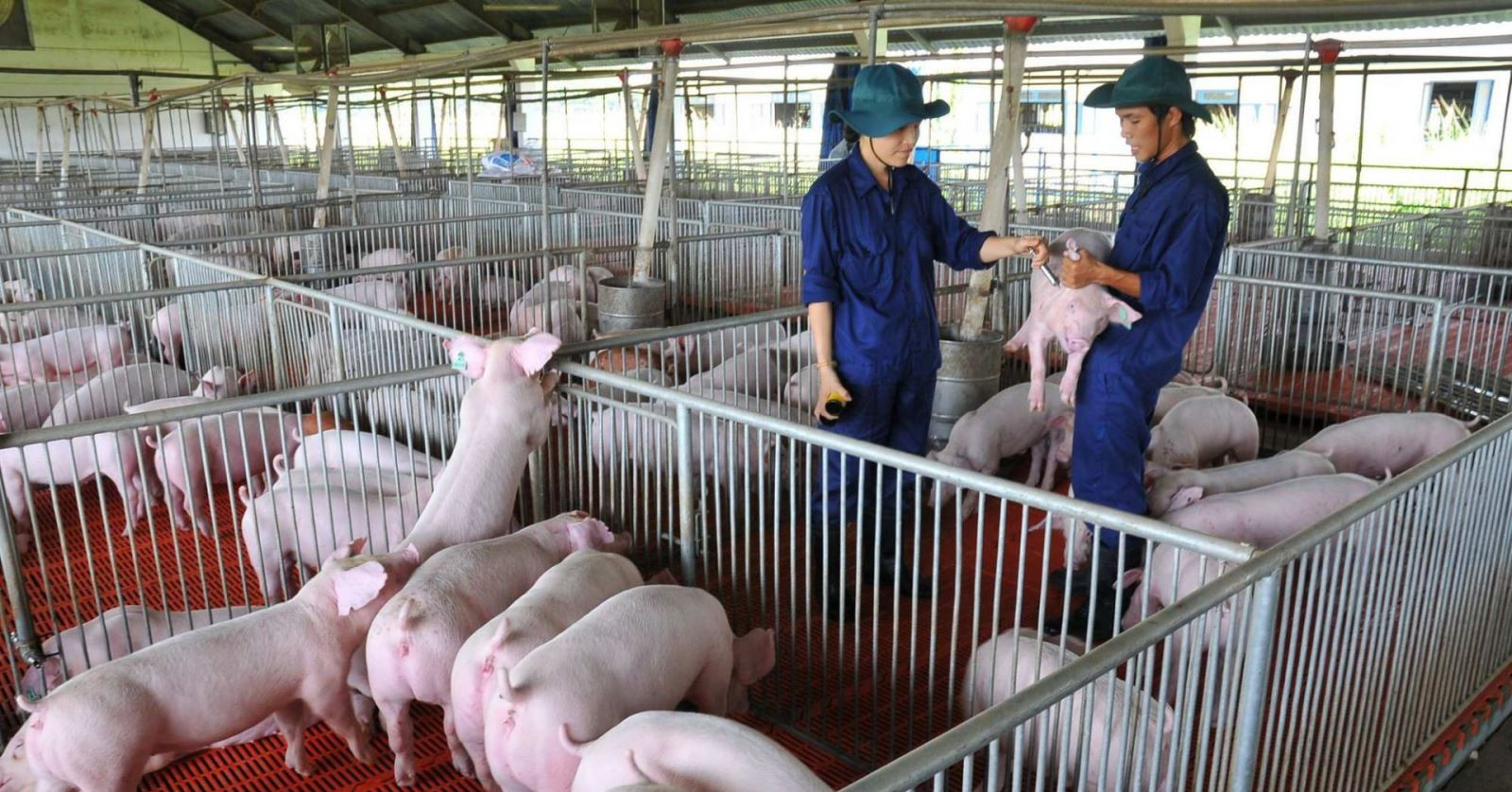















































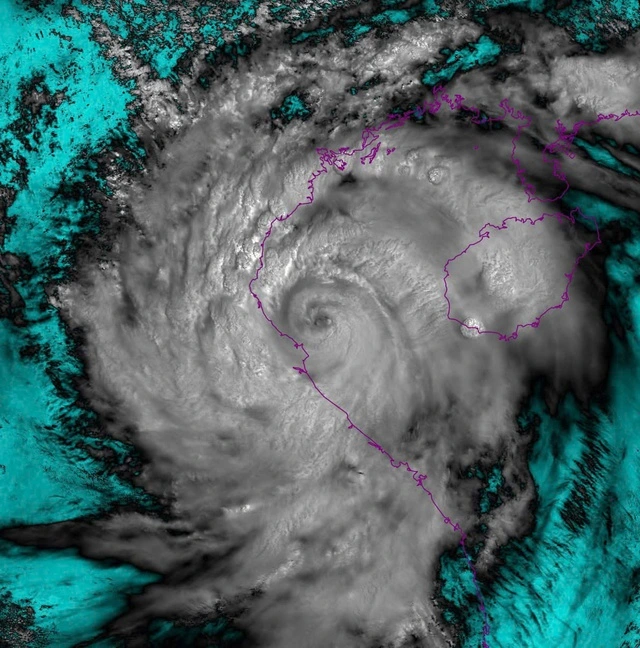




















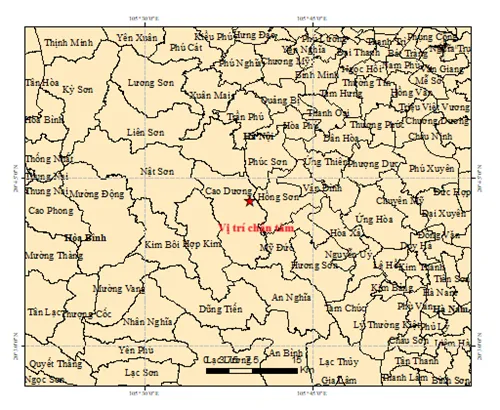
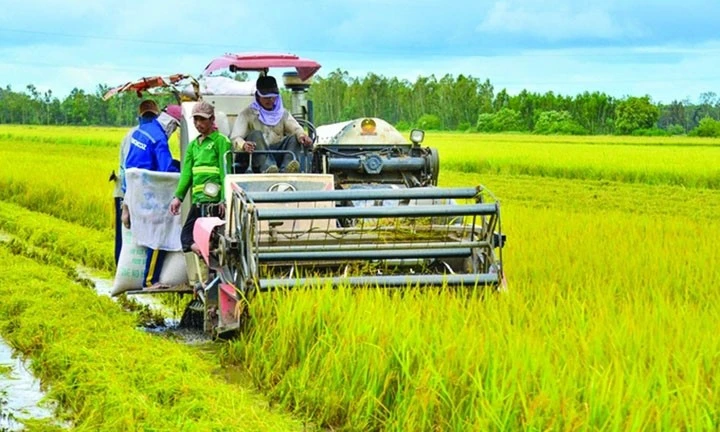



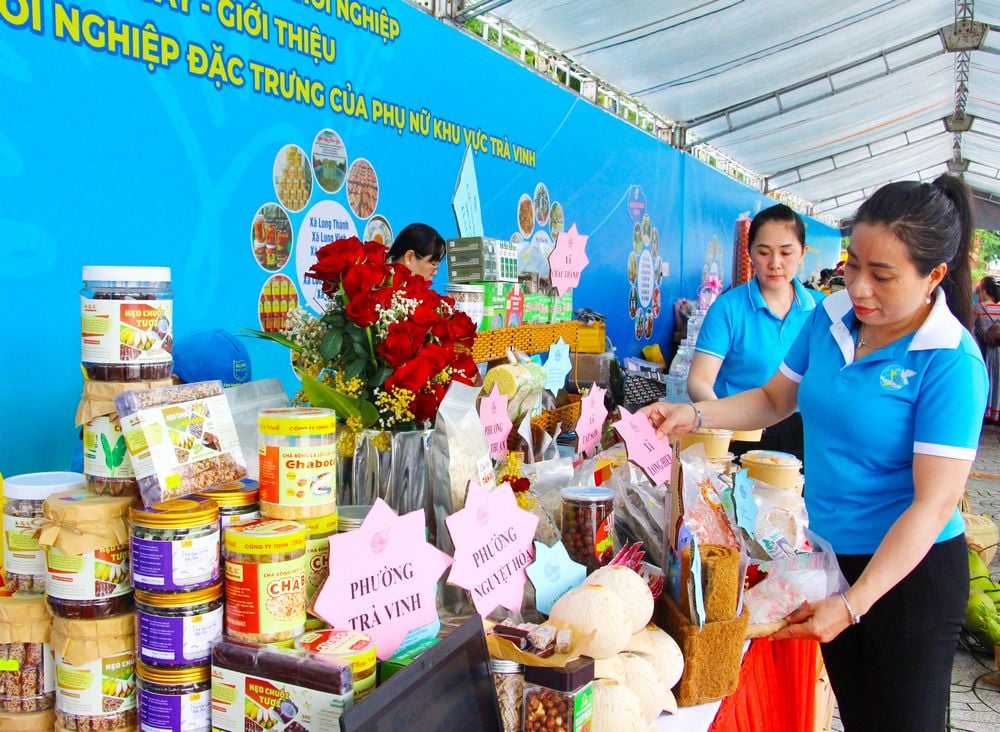




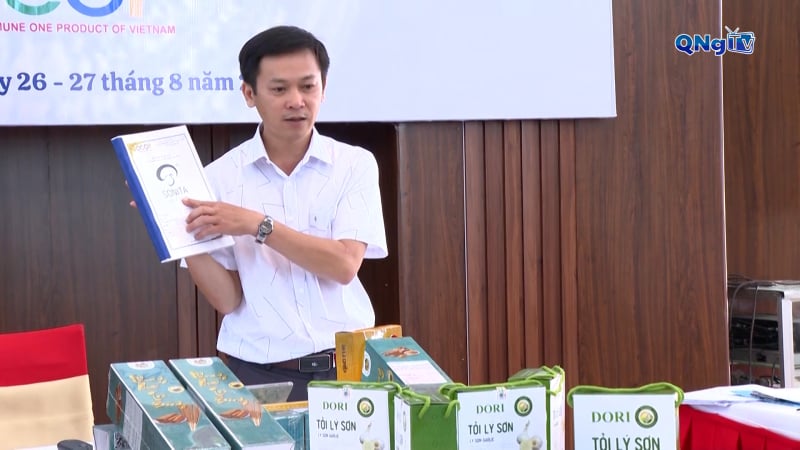



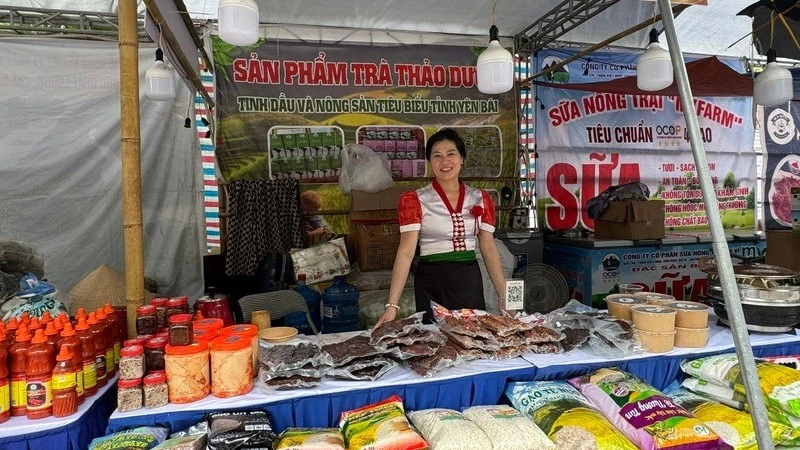






Comment (0)